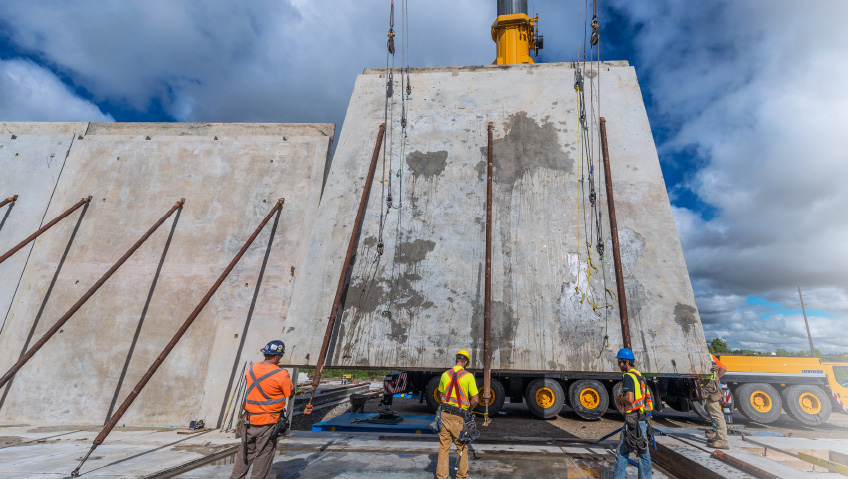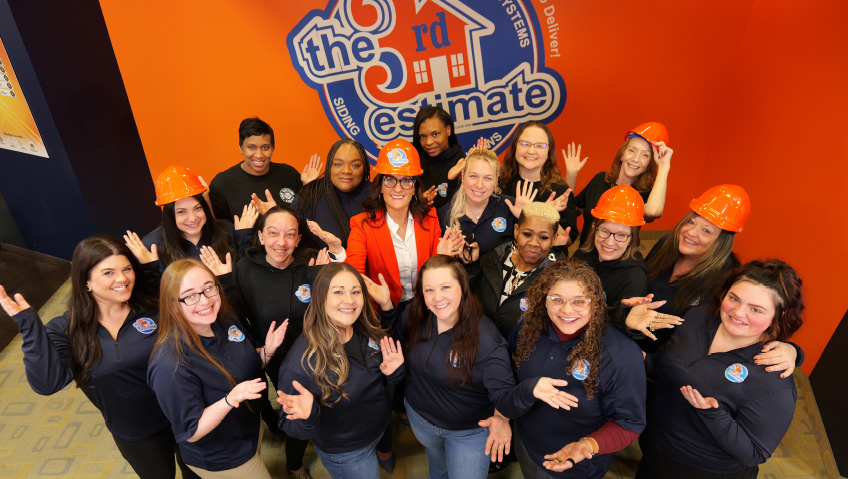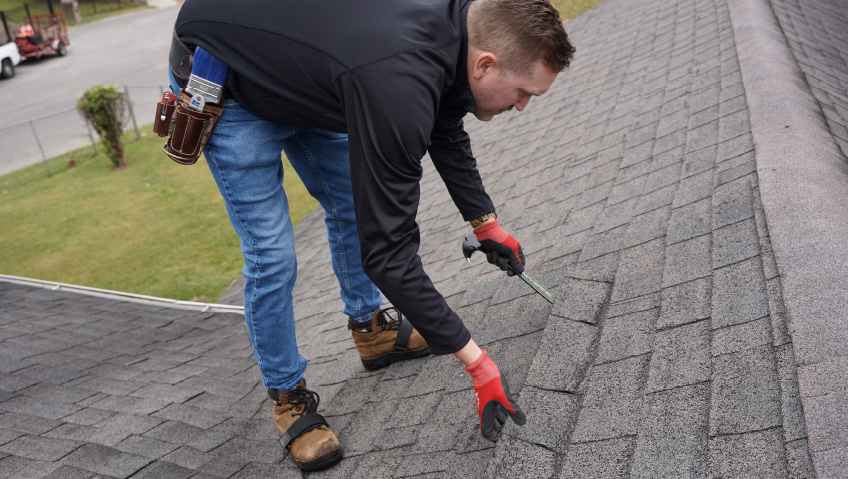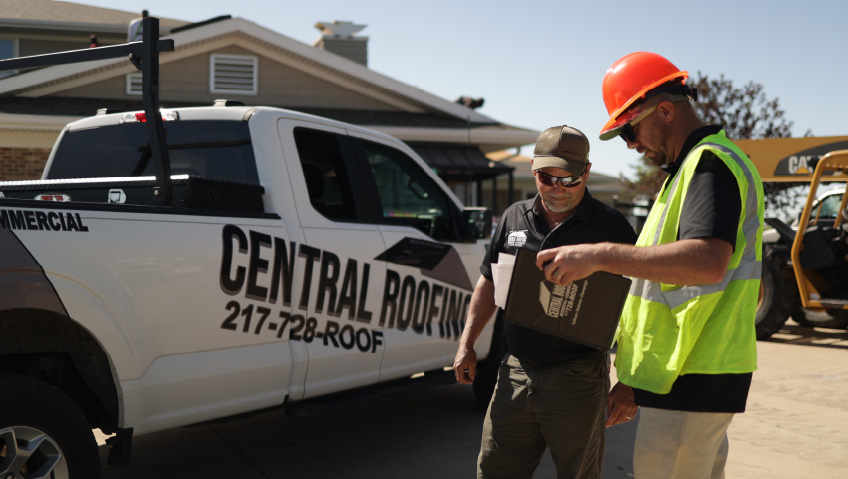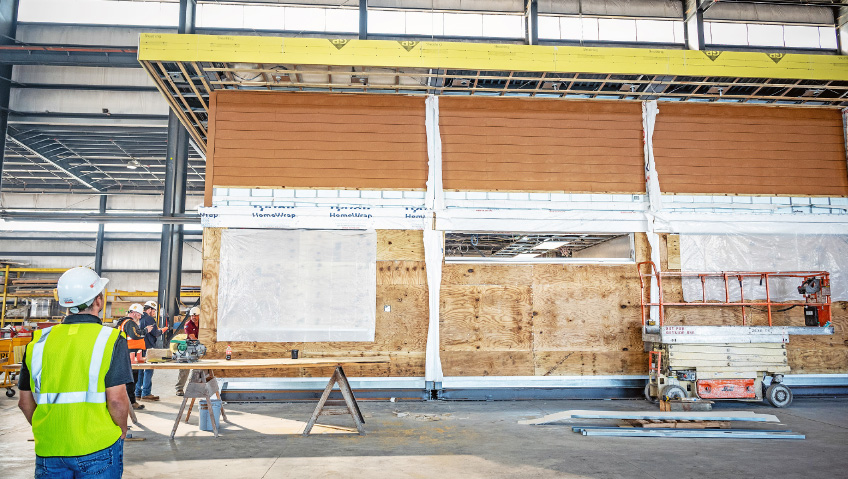As we continue to grapple with COVID-19, businesses have no choice but to adapt to a changed world. Is it better to diversify to engage a larger market, or to become a leader in a niche? In North America, Supreme Steel has chosen the latter option.
Re-branding itself over a year that’s been unlike any other, the newly unveiled Supreme Steel promises to continue in its role as one of North America’s largest steel fabricators and erectors, providing quality materials and championing bold new construction methods.
Approaching its 50th anniversary, Supreme traces its lineage to founders John and Sally Leder, who established a small steel company out of the back of a pickup truck. Through expertise, professionalism, and, above all, compassion, the business expanded to dominate in the Canadian steel industry.
Today, Supreme encompasses six divisions across Western Canada and the Northwestern United States, operating satellite offices in Saskatoon, Delta, Washington, and Edmonton in addition to its Acheson headquarters. In total, Supreme is capable of manufacturing over 1,000 tons of steel weekly – over 52,000 tons annually.
Power to perform
In addition to production totals, Supreme’s size also bolsters its project management abilities.
The company is able to level-load multiple projects simultaneously, managing all project aspects including detailing, engineering, logistics, construction, maintenance and inspection. With this ability to keep an entire project in-house, Supreme is the natural choice for projects too large for smaller fabricators.
The company has confirmed this distinction by being part of some of the area’s largest construction projects. Calgary’s Bow Tower, the Seattle Central Library, and the Vancouver Convention Centre are just three in which Supreme has participated. These projects exemplify Supreme’s ability to provide custom-fabricated components on a massive scale for especially ambitious endeavours.
A major recent achievement was the Amazon Spheres in downtown Seattle, completed in late 2018.
Comprised of three conservatories as opposed to the traditional ‘tower’ structure, the project required over 2,600 individual glass panes supported by 650 tons of steel rods, all custom-fabricated by Supreme.
Thanks to advanced 3D Building Information Modelling software (or BIM), Supreme manufactured over 25,000 pieces designed to accommodate the delicate weight distribution of the spheres’ unique design. The company also produced nearly 300 shims as potential replacements, but used only three – confirmation of its precision engineering capability.
SpeedCore revolution
Currently, Supreme is finishing a marquee project that demonstrates a bold new construction technique.
The company is a primary supplier for Rainier Square Tower in downtown Seattle. Rising 850 feet (260 metres) above the skyline, the tower is the city’s largest residential building and the second-tallest structure in town, after the famous Space Needle.
It provides over one million square feet of office, retail and residential space, with a 1,000-vehicle capacity underground parking garage. Designed by Seattle-based firm Magnusson Klemenic Associates (MKA), Supreme is providing all steel panels required in the tower’s construction.
In addition to its sheer scale, Rainier Square Tower serves to demonstrate another of MKA’s ideas – the revolutionary new technique of SpeedCore. By using prefabricated steel plates in lieu of traditional rebar and concrete, SpeedCore provides high structural support while utilizing less space. MKA estimates SpeedCore shortened Rainier Square Tower’s construction time by a conservative 20 percent.
Supreme, for its part, is championing this method across North America as a truly inventive construction method for the 21st century. “It’s an innovative technology, for sure,” says Director of Estimating David Fritz. “It’s fast, and I think we’re going to see a lot more of it in the industry because it results in high-rise towers going up quicker than with traditional methodologies.”
At a crossroads
This focus on new ideas in steel mirrors Supreme Steel’s decision to return to its roots.
Fritz remarks how this reorientation is hardly a retreat but a response to a changing market and industry. Although Supreme had, in the past, branched out to modular construction and pipe spooling, such endeavours provided were a shift away from Supreme’s core competency, steel. As he relates, Supreme was at a crossroads. “It was a reflection on ourselves: what are we really great at, and who do we want to be in the construction industry?”
With this return to form, Supreme can also remain truer to its founders’ original intentions. This will enable it to better serve a market that is, in Fritz’s view, more competitive and fast-paced than ever before.
With tighter budgets and shorter turnaround times, he says, there’s no place for amateurs in this challenging industry. “There’s no room for someone to be ‘okay’ at certain aspects of their business,” he remarks. “You’ve got to be great at it, and we’re great at steel. That’s the bottom line.”
To better facilitate this change, Supreme is continuing to develop its strength in both large- and small-scale custom steel fabrication and production. This includes using its impressive storage capacities as off-site storage. By focusing only on steel fabrication, Supreme can pre-assemble more structures in a safe, controlled environment, thereby ensuring quality at minimal health risk.
The company also continues to invest in local management software firms, such as Vancouver-based Procore, to provide strong project administration. This enables Supreme to better compete in a modern construction industry universally challenged by both higher material costs and shorter turnaround requirements.
New world, new focus
Supreme is also leveraging its company history to pivot smoothly into a world marked by a downturn in major construction.
With the rise of telework even before COVID-19 reached full pandemic status, Supreme is able to focus less on large-scale office buildings in order to focus more on industrial, bridges, infrastructure, and commercial – hence large projects such as the Amazon Spheres and Rainier Square Tower.
Infrastructure to support home-based work may also very well prove to be the way forward, a development that Supreme has already identified. “Ten years ago, no one was putting up a big data centre,” Fritz says. “But now, those are some of the biggest projects on the horizon.”
And with the added benefit of bold new techniques like SpeedCore, Supreme is working to continually hone its craft in steel fabrication and stay in the lead.
“We think we can be a great resource for designers and owners who are thinking about the SpeedCore solution, since we’ve been there and done it,” Fritz says. “We think we can do a lot of good things with that technology.”
With Rainier Square Tower nearly complete, Supreme is now setting its sights on newer ways to showcase SpeedCore in future business.
A question of people
Supreme is also facing the perennial problem of a dearth of skilled workers in its industry. As automation becomes more common and more workers approach retirement age, Supreme is attacking the resulting labour shortage on two fronts. Not only is the company leveraging more automation in its prefabrication efforts, but it is also reaching out to Indigenous community in Western Canada.
Through an established plan, Supreme hopes to not only forge labour partnerships with Indigenous people in Canada but at the same time ameliorate damage to traditional treaty lands as a consequence of runaway industrial and economic development.
“We’re really, really excited to have that type of opportunity in front of us,” Fritz remarks. “We think it’s a big benefit to us, and it’s a big benefit to the province as a whole if we can engage a larger workforce.”
In addition to this development, Supreme continues to be a proud union contractor in both its shops and in the field. Workers gain skills through internal training and membership in the Ironworker Management Progressive Action Cooperative Trust, or IMPACT.
By having a labour force focused on continual development, and with these resources able to help achieve precisely that, Supreme will not only contribute to the wellbeing of its labour force but also foster the capacity to succeed in a rapidly changing world.
“It’s great to have a labour partner who values its members and wants them to succeed in their careers and lives,” Fritz remarks. “It results in contractors like Supreme having a very capable and motivated labour force.”
Still steel at the core
With Supreme’s rebranding now complete, Fritz rejects the possibility that the company is turtling. “It’s getting back to our core, which is steel. I think it makes a ton of sense,” he remarks. “It’s about efficiency with the work that we’re already doing, and getting great at that.”
With the company’s recent revamping, and its growing capabilities as it embraces new technologies such as SpeedCore, Supreme Steel is doing everything right to enhance its industry-leading steel fabrication and installation across North America.


